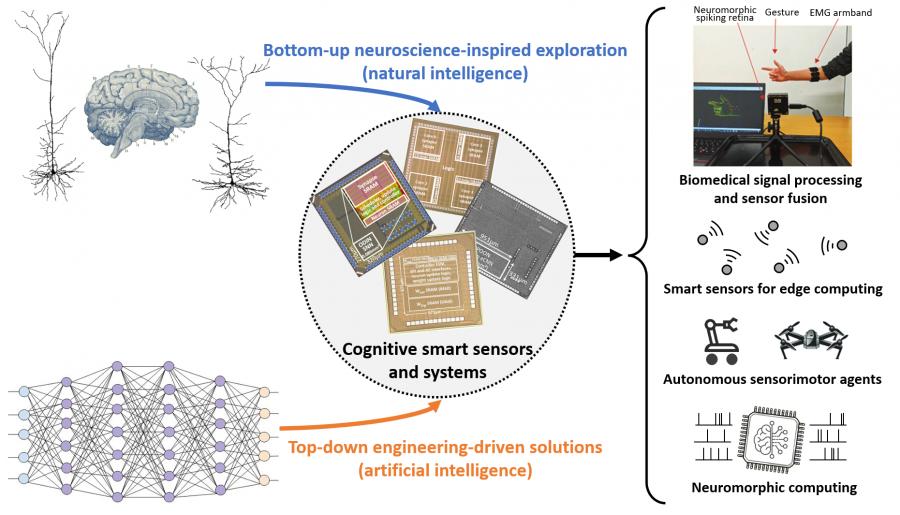MSc thesis projects - Cognitive sensor nodes and systems
Here is a list of possible MSc thesis projects related to the theme
Cognitive sensor nodes and systems. This is intended just to
give an idea, actual projects are usually defined after discussion with the
advisor.

MSc students
- Sohail Faizan
- Jinhui Liu
Alumni
- Wenxuan Li (2025)
- Ruopu Wu (2025)
- Anran (Esther) Yang (2025)
- Lucie de Ghellinck d'Elseghem (2024)
- Francisco Ayala Le Brun (2024)
- Lyana Usa (2024)
- Jinhuang Lin (2023)
- Lorenzo Pes (2023)
- Xinhu Liu (2023)
- Douwe den Blanken (2023)
- Zhaofeng Shen (2023)
- Yufeng Yang (2023)
- Fengwei Zhan (2023)